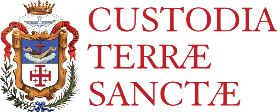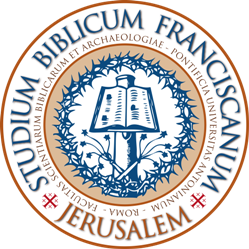Celebrating completion of structural work at Terra Sancta Museum Art & History
On Monday May 12, 2025, a notable delegation of consuls, heads of mission and key players in cooperation with Palestine reaffirmed the universal character of Jerusalem during a preview of the museum’s future exhibition rooms.
At the Terra Sancta Museum Art & History, structural work has been completed despite numerous challenges, thanks to the support of the Agence Française pour le Développement (through the Palestinian association NDC) in conjunction with the ALIPH heritage preservation foundation. The 1,000 m² space for exhibition was inaugurated in the presence of the Consul General of France, Nicolas Kassianides, AFD Country Director Véronique Sauvat, Ghassan Kasabreh, Director of the NDC association, and Valéry Freland, Executive Director of ALIPH (International Alliance for the Protection of Heritage), who was visiting Jerusalem for the first time. The Custos of the Holy Land symbolically presented each of them with a medal honoring their financial commitments.
The French Consul described his participation as part of a tradition of historic protection of the Christian communities in the Holy Land. Mr. Nicolas Kassianides spoke of rising to an existential challenge. “We have laid the foundations of a museum destined to become a place of encounter, discovery, and learning for people of different origins and religions. It will facilitate social cohesion between different communities and contribute to the preservation of the Palestinian heritage by showcasing local artistic trades. […] The time has come for others be involved, just as France has done.”
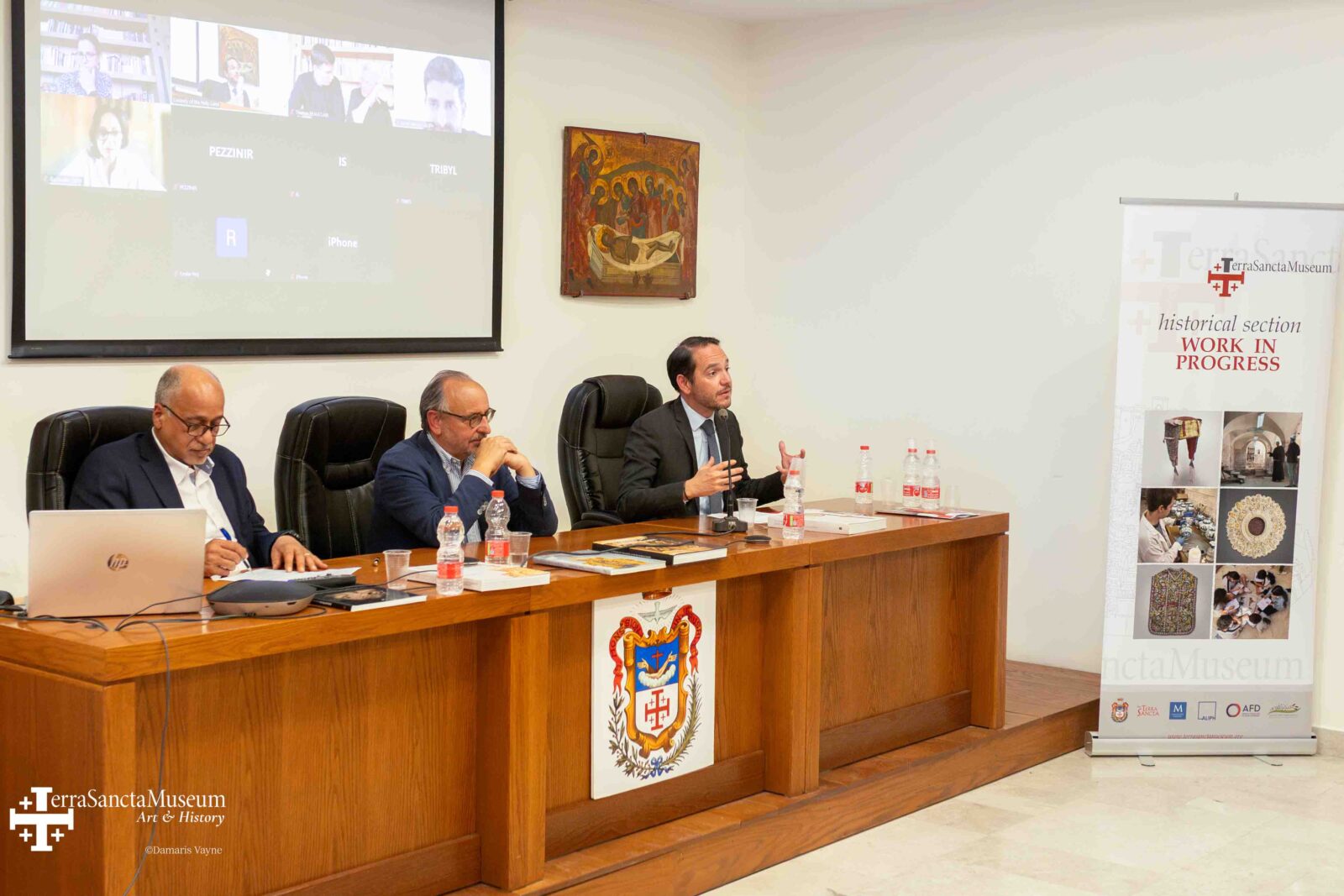
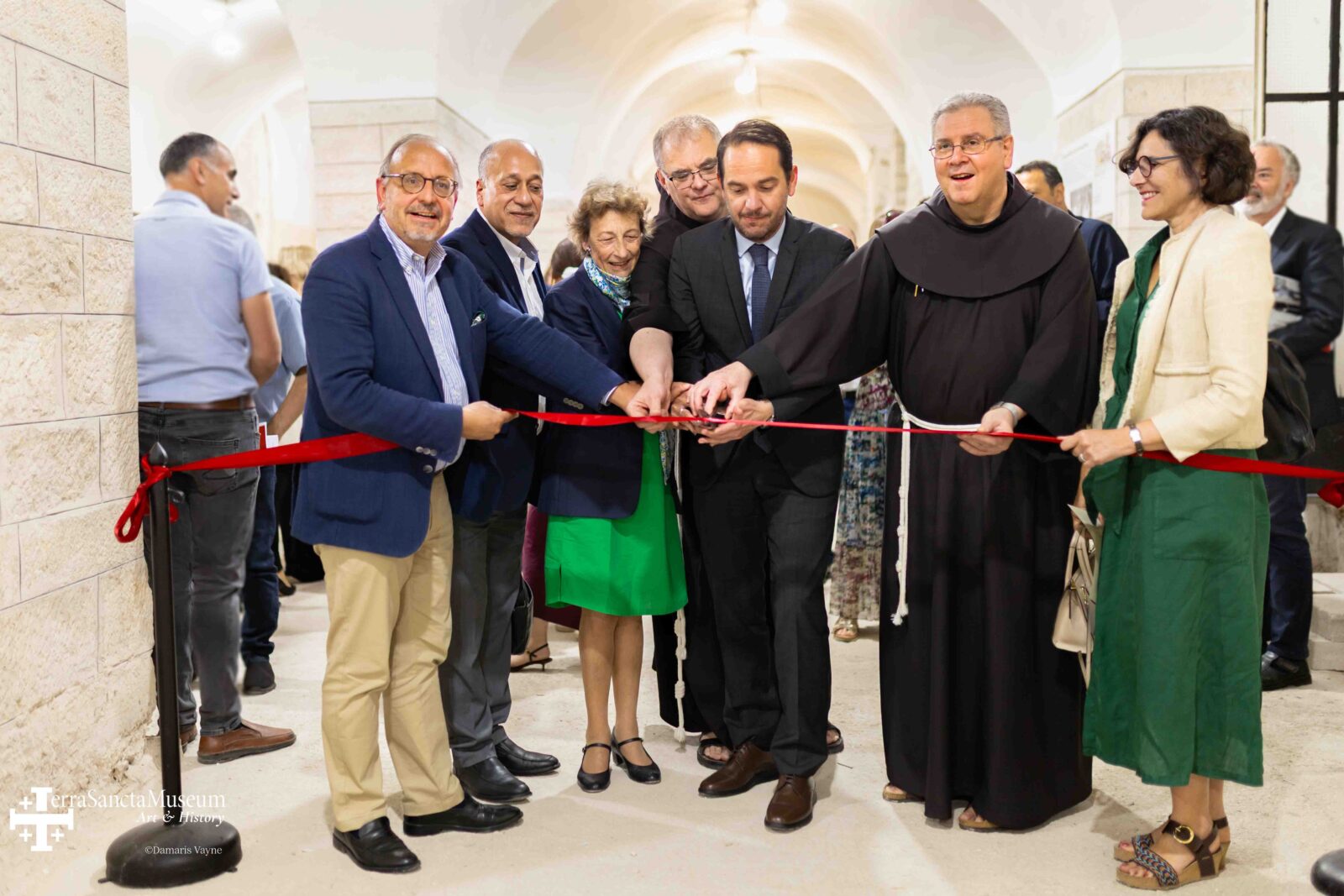
Mme Béatrix Saule, President of the Scientific Committee and Honorary Director of the Château de Versailles, was present to reaffirm that “the purpose of the Terra Sancta Museum is to show that Jerusalem is a universal city, and that its Christian presence is an irreducible part of its identity, both yesterday and today.” The Christian presence to which she referred will be reflected in both Western and Eastern collections of the museum.
Raphaëlle Ziadé, curator of Byzantine collections at the Petit Palais (Paris), is also the curator of the Terra Sancta museum’s Oriental section. In her presentation, she emphasized: “The room of icons and Christian art from Palestine offers a window into Eastern spirituality, an integral component of the region since the origins of Christianity. The quality, rarity and unprecedented nature of the works on display make this a first-rate collection of Eastern Christian art, unique in Jerusalem, of which to date there is no museum of this kind open to the public“. Indeed, the Terra Sancta Museum will be the first to devote a portion to the Jerusalem Icon School, “an important school of icon painting that flourished in the 19th century, in the wake of the revival of icon painting in the Middle East during the Ottoman period in Syria, Lebanon and Egypt,” explained Ms. Ziadé.
George Al’ama, a Palestinian art expert and member of the Scientific Committee, then took the floor—not without emotion in context of a current geopolitical situation, to observe that the “Palestinian identity is being threatened with eradication”. According to Al’ama, the permanent exhibition of Palestinian icons—enhanced by his own personal art collection—is noteworthy for its place in the Terra Sancta Museum “because it is a safe place where efforts are already being made to enhance the value of the works and their historical significance”. Following the presentations of the speakers, the architects Perrot & Richard then presented the project’s next stages in anticipation of the museum’s opening in 2028.

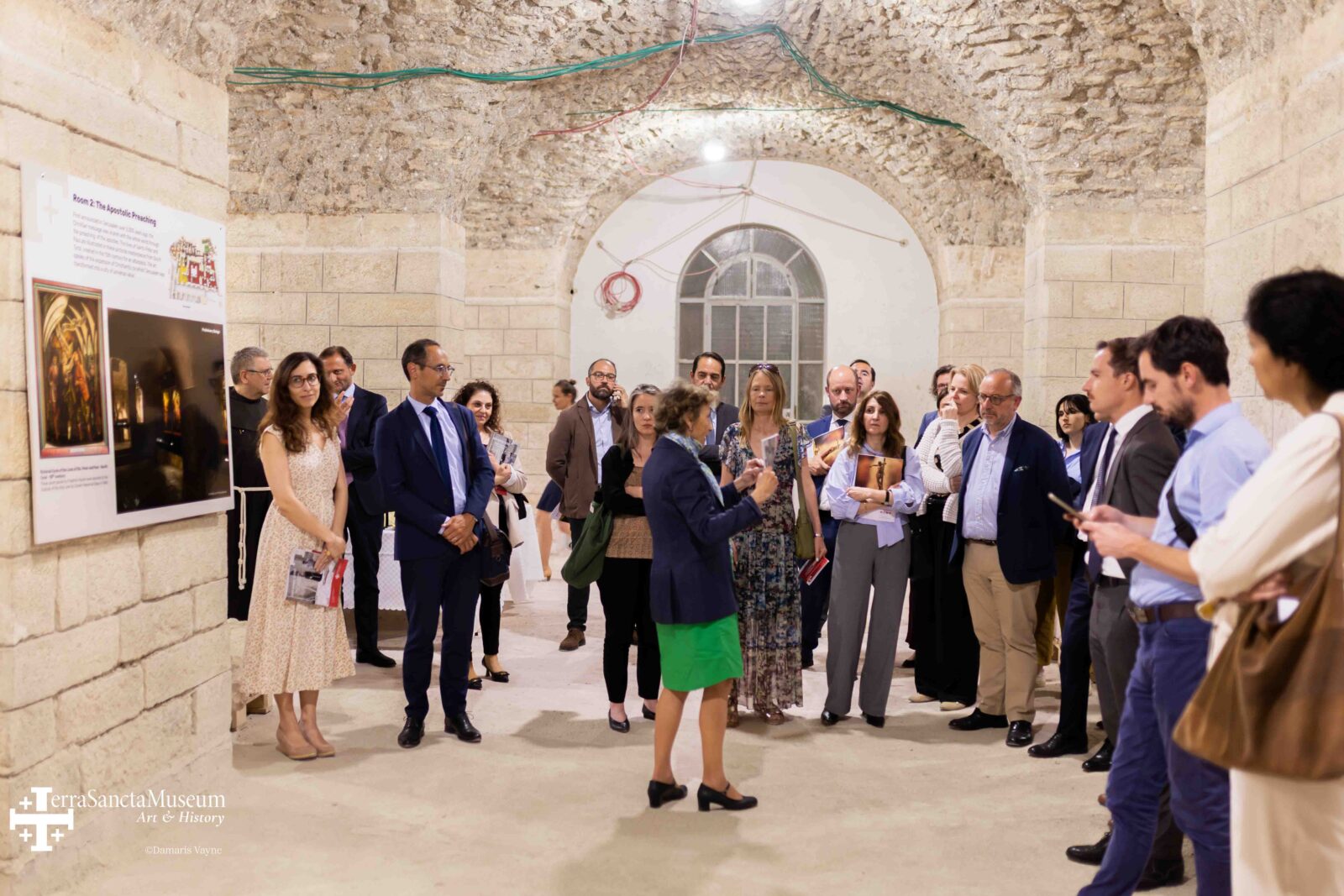
Afterwards, those in attendance visited the museum site with a short guided tour in several languages, to visualize the exhibition route, thanks to scenographers Thomas and Frédéric Beauclair who facilitated 3D views for the benefit of the guests. At the conclusion of the evening, a cocktail party was served in the heart of the future museum for the nearly seventy guests in attendance.
We offer our sincere thanks to the representatives of the European nations of Hungary, Belgium, Spain and Italy, as well as numerous private sponsors, who are all committed to the future of the Terra Sancta Museum Art & History. Thanks to their support, the museum will be able to respond to the ever more urgent challenges of dialogue in the thrice-holy city.




